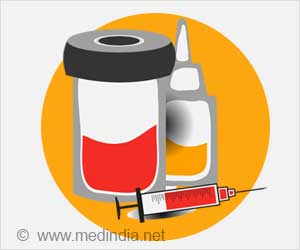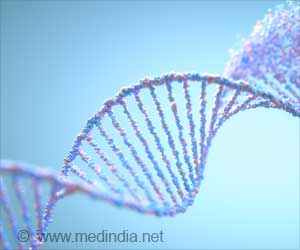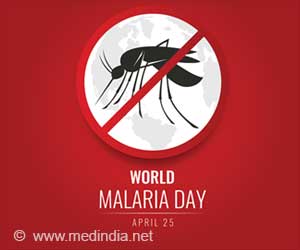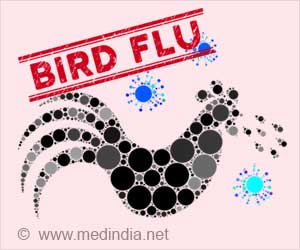- Women are more likely to experience mood changes in winter
- Symptoms of depression like low mood, tiredness and anhedonia peaked in winter
- Shorter day length was linked to higher scores of anhedonia and low mood
Seasonal Affective Disorder is a group of depressive symptoms that peak during winter months. The condition is more common in patients with a history of major depression, and also affects up to 3% of the general population.
The research team conducted a cross-sectional analysis of more than 150,000 participants of the UK Biobank cohort. They analyzed the data to assess seasonal variation by scoring total depressive symptoms and symptoms of low mood, anhedonia and tiredness. The team also analyzed the associations between depressive symptoms and day length and average outdoor temperatures.
Daniel Smith, Professor of Psychiatry, said, “This very large, population-based study provides evidence of seasonal variations in depressive symptoms, which appear to be more pronounced in women than in men. We don’t yet fully understand why this should be the case, but it was interesting that the changes were independent of social and lifestyle factors, perhaps suggesting a sex-specific biological mechanism. Clearly, this is a complex but important area which requires further study.”
“Clinicians should be aware of these population-level sex differences in seasonal mood variation, to aid the recognition and treatment of depressive symptoms across the calendar year.”
- Laura M. Lyall, Cathy A. Wyse1, Carlos A. Celis Morales, Donald M. Lyall, Breda Cullen, Daniel Mackay, Joey Ward, Nicholas Graham, Rona J. Strawbridge, Jason M.R. Gill, Amy Ferguson, Mark E.S. Bailey, Jill P. Pell, Annie M. Curtis, Daniel J. Smith. Seasonality of depressive symptoms in women but not in men: a cross-sectional study in the UK Biobank cohort. Journal of Affective Disorders, (2017) DOI: http://dx.doi.org/10.1016/j.jad.2017.12.106
Source-Medindia









